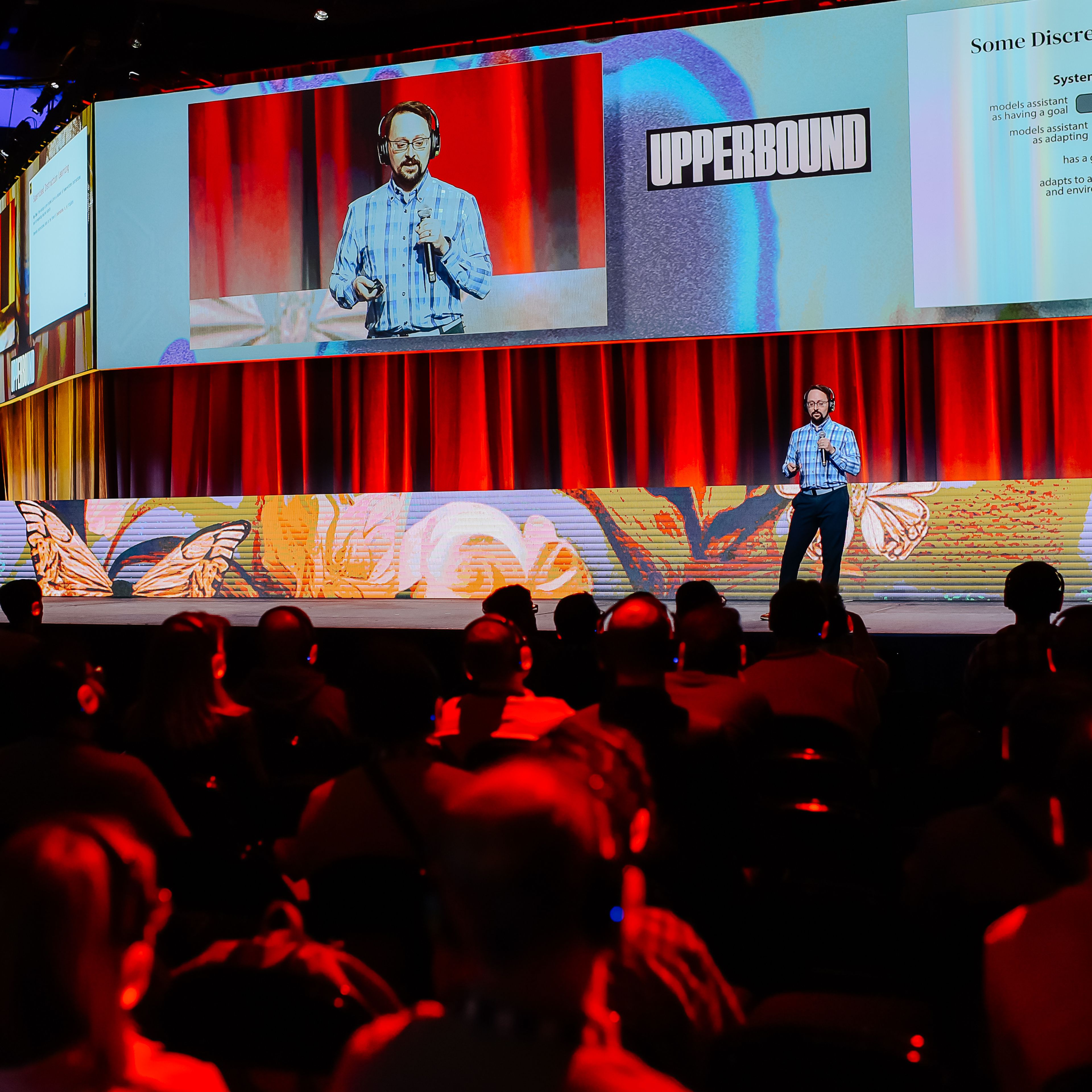Learn more about the research and work of Amii Fellow and Canada CIFAR AI Chair Matt Guzdial. He works on creative artificial intelligence and investigates how artificial intelligence can support human creativity in areas like video game development, visual arts and creative commentary.
In a recent Q&A with Revan MacQueen, Amii's Machine Learning Resident, Guzdial discusses how to get machines to think creatively, and his work on exploring how artificial intelligence isn’t a replacement for human creativity, but a tool to enhance it.
Creating tools for everyone
At its core, Guzdial says computational creativity explores ways of understanding how human beings do creative tasks and attempts to model and translate those processes into algorithms.
What I'd really like is to allow anybody to make games … can I get your mom to be able to make a game, or your grandmother to be able to make a game?
Matt Guzdial
Amii Fellow and Canada CIFAR AI Chair



Guzdial’s research often used video games as a platform. He has long had an interest in games and even tried his hand at working in the industry with companies like EA Sports and Zynga, before deciding “it wasn’t for me.” While he didn’t want to continue making games himself, Guzdial was fascinated by how games can be used as a creative medium and wanted to develop tools to make designing video games easier — not just for big game companies, but also for indie developers and individuals. “What I'd really like is to allow anybody to make games … can I get your mom to be able to make a game, or your grandmother to be able to make a game? “ he said.
“How fantastic would that be?”
Learning from human creativity
Part of the challenge of developing AI that can do creative tasks, Guzdial says, is that human creativity is endlessly varied. He points to the recent advancements in LLMs and generative AI models that can create written text and images. While the technology has made impressive strides in a short time, many models still have a one-size-fits-all approach. For instance, he takes the example of writing an essay. If an LLM is tasked with writing an essay, they do so in a very standardized way: one word at a time. But Guzdial says if you ask a person to write the same essay, everyone will have a different way of doing it: one person might start with an outline, while another might just start writing start-to-finish, and a third might write their conclusion first.
“The diversity of human practices are really interesting and compelling,” he says.
“There's some really unique ones that make you think oh, wow, that's completely different from how we're trying to solve this problem computationally. Could we try to solve this problem computationally the way you're solving it?”
In the Q&A, Guzdial also talks about the unique challenges of using video games as a platform for computational creativity, and how he thinks artificial intelligence may assist people in creating new forms of creative expression and art.

Not Your Average AI Conference
Learn from Leading Minds in AI at Upper Bound
Be one of the thousands of AI professionals, researchers, business leaders, entrepreneurs, investors, and students in Edmonton this spring. Explore new ideas, challenge the status quo, and help shape a positive AI future.